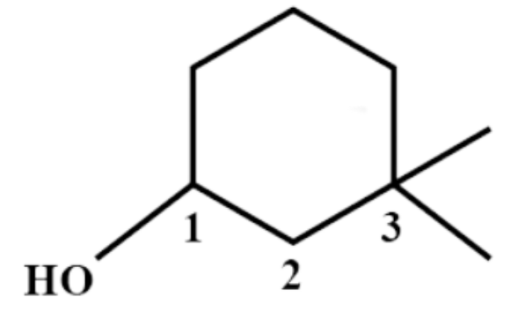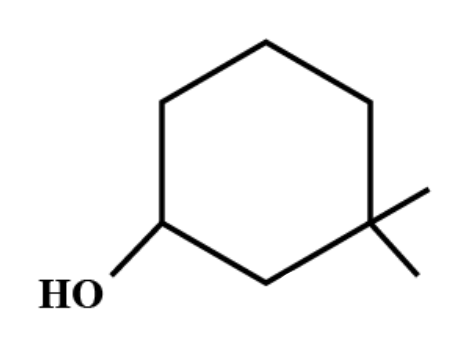
Answer
406.5k+ views
Hint: We know that isomers are different in physical and chemical properties but have the same number of atoms. This phenomenon is termed as isomerism. Parent carbon chain can be determined by calculating the number of carbons in the longest carbon chain. Alkanes are the hydrocarbons which have no double or triple bond in their structures.
Complete answer:
If organic compounds contain one principal functional group then the longest continuous chain of carbon atoms having that functional group is selected. Functional groups are specific substituents in the molecules which are responsible for the characteristic chemical reactions of those molecules.
As per IUPAC rules, the first thing is to select the longest continuous chain. Then this chain is numbered and the numbering should begin from the end which is close to the substituent groups. Each substituent group has a certain assigned name whose numbering depends on the position of the carbon it has been attached to. These groups are generally arranged alphabetically.

Therefore, the IUPAC name of the compound is $ 3,3-dimethyl-1-cyclohexanol. $
Constitutional isomers have the same molecular formula but numbering and IUPAC names are different. Only count the number of each atom in both molecules to see how atoms are organized to decide whether two molecules are constitutional isomers.
Note:
Remember that Isomers are classified as structural (constitutional) and stereoisomerism. Structural isomers are further classified as chain isomers, position isomers and functional group isomers. Position isomers are also structural or constitutional isomers with the same functional group and same carbon skeleton but differing in position of the same functional group on or inside the carbon chain.
Complete answer:
If organic compounds contain one principal functional group then the longest continuous chain of carbon atoms having that functional group is selected. Functional groups are specific substituents in the molecules which are responsible for the characteristic chemical reactions of those molecules.
As per IUPAC rules, the first thing is to select the longest continuous chain. Then this chain is numbered and the numbering should begin from the end which is close to the substituent groups. Each substituent group has a certain assigned name whose numbering depends on the position of the carbon it has been attached to. These groups are generally arranged alphabetically.

Therefore, the IUPAC name of the compound is $ 3,3-dimethyl-1-cyclohexanol. $
Constitutional isomers have the same molecular formula but numbering and IUPAC names are different. Only count the number of each atom in both molecules to see how atoms are organized to decide whether two molecules are constitutional isomers.
Note:
Remember that Isomers are classified as structural (constitutional) and stereoisomerism. Structural isomers are further classified as chain isomers, position isomers and functional group isomers. Position isomers are also structural or constitutional isomers with the same functional group and same carbon skeleton but differing in position of the same functional group on or inside the carbon chain.
Recently Updated Pages
A wire of length L and radius r is clamped rigidly class 11 physics JEE_Main

The number of moles of KMnO4 that will be needed to class 11 chemistry JEE_Main

The oxidation process involves class 11 chemistry JEE_Main

A car starts from rest to cover a distance s The coefficient class 11 physics JEE_Main

The transalkenes are formed by the reduction of alkynes class 11 chemistry JEE_Main

At what temperature will the total KE of 03 mol of class 11 chemistry JEE_Main

Trending doubts
Which is the longest day and shortest night in the class 11 sst CBSE

Why is steel more elastic than rubber class 11 physics CBSE

Difference between Prokaryotic cell and Eukaryotic class 11 biology CBSE

Define the term system surroundings open system closed class 11 chemistry CBSE

In a democracy the final decisionmaking power rests class 11 social science CBSE

In the tincture of iodine which is solute and solv class 11 chemistry CBSE





